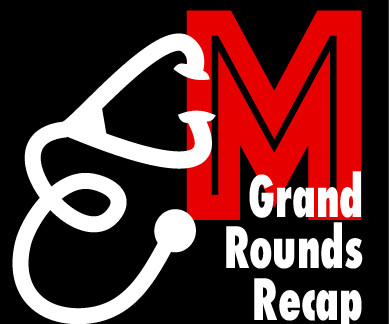Podcast – Monthly Round Up December 2024 – Chest trauma, IO access, AI and more
St. Emlyn
FEBRUARY 11, 2025
We cover new evidence on chest trauma management, intraosseous access safety, pediatric imaging updates, AI in medicine, toxic alcohol poisoning, and airway management. St.Emlyn's - Emergency Medicine #FOAMed This months St Emlyns podcast wraps up Season 11 with a review of key emergency medicine topics.



























Let's personalize your content